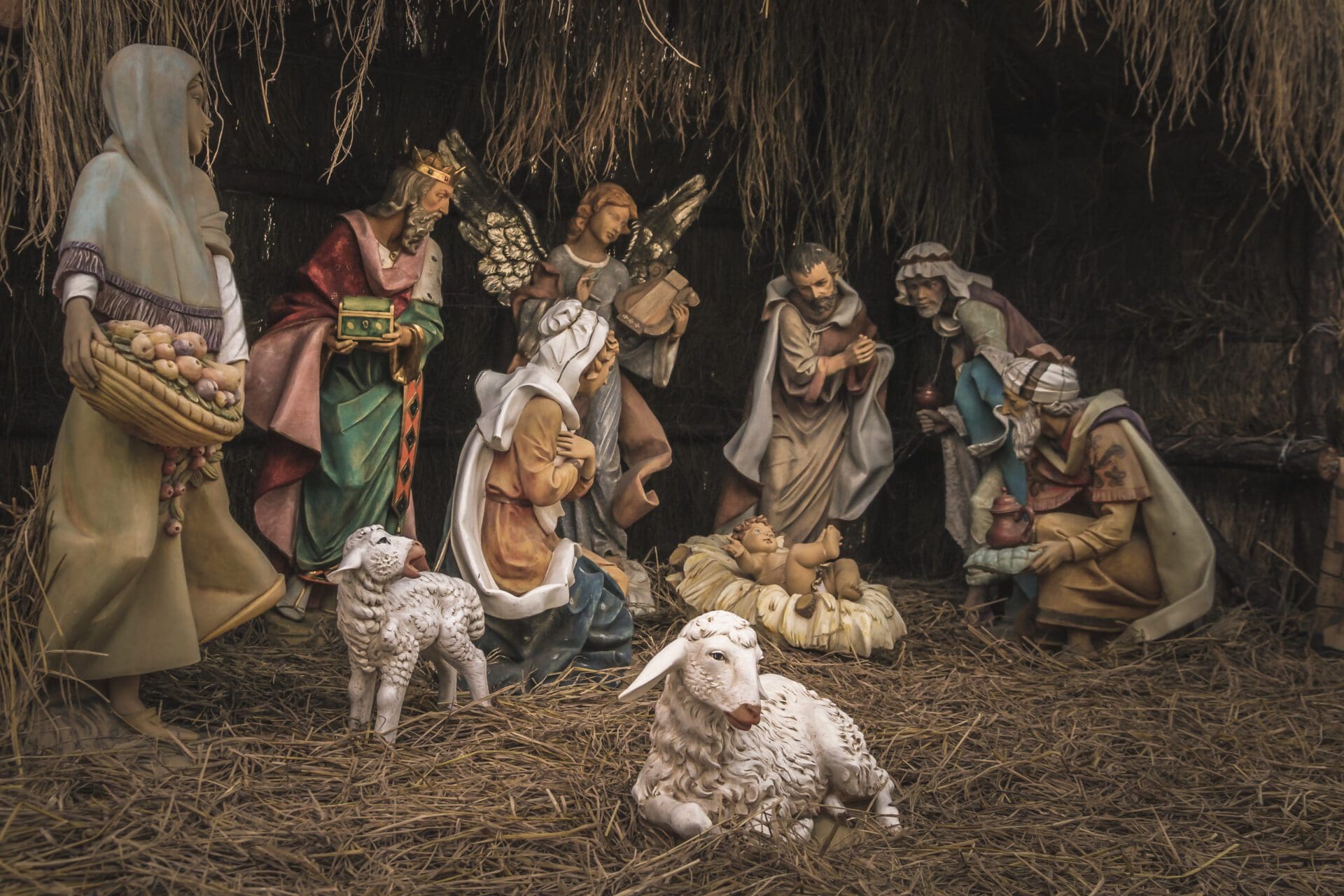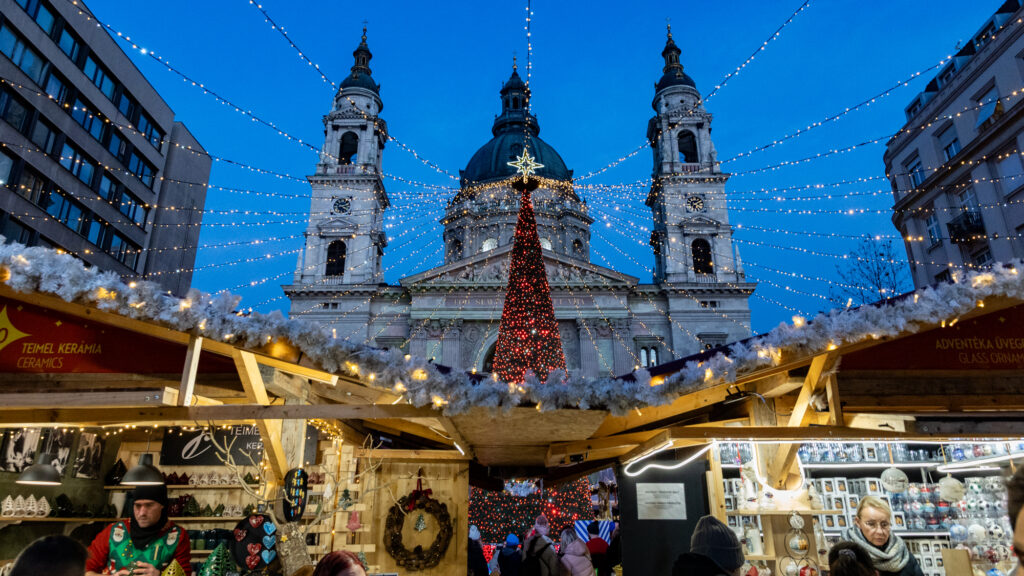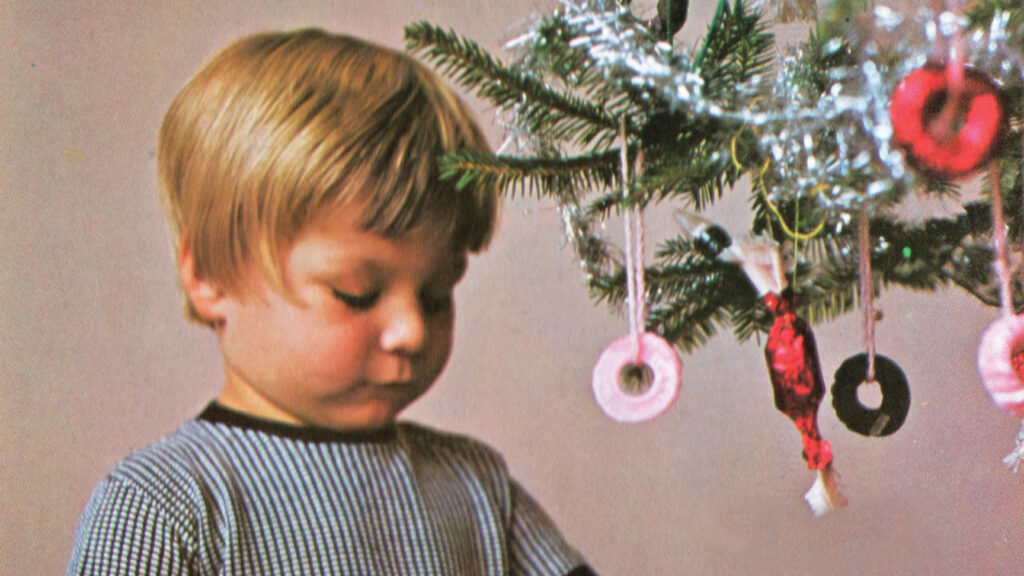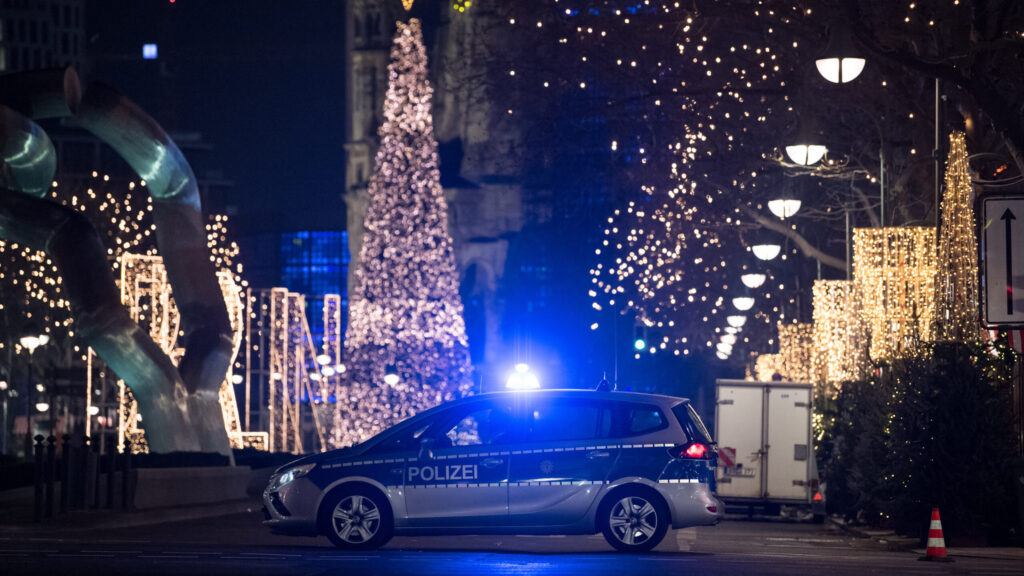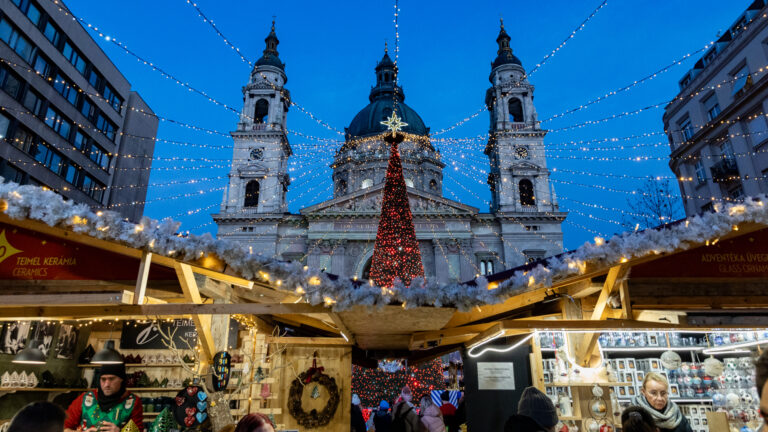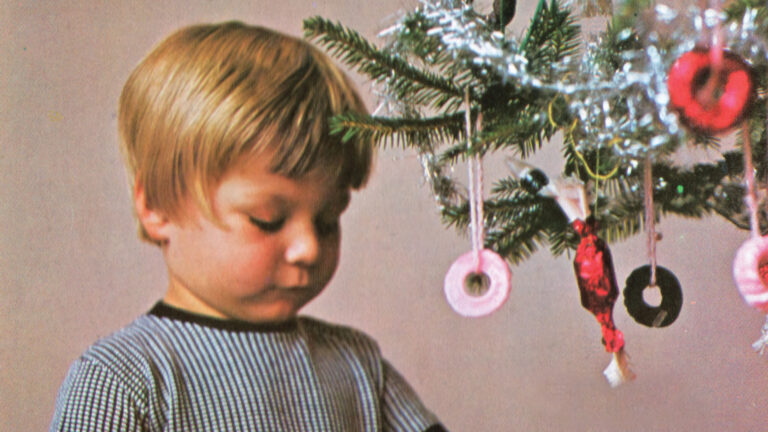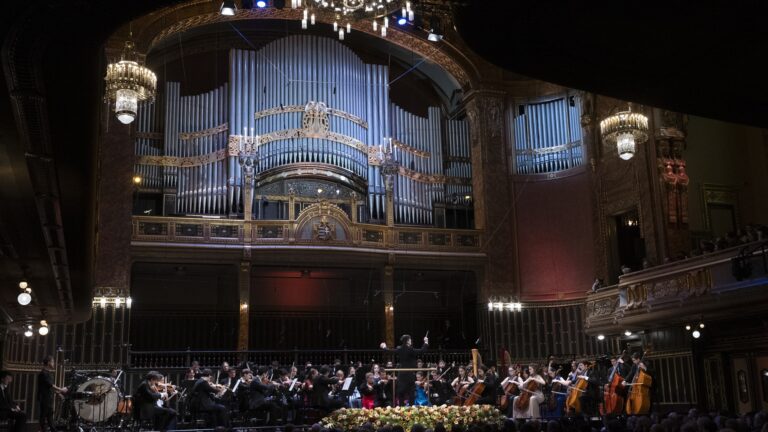While initially mystery plays were performed in churches showing a wide range of stories from the Bible (the creation, the story of Adam and Eve, or scenes from Jesus’s life), by the 17th–18th century nativity plays focusing specifically on the birth of Jesus (betlehemezés) became a very popular Christmas-time custom in the Hungarian countryside. The Hungarian term denoting the plays comes from Bethlehem, the name of the town where according to the Gospels Jesus Christ was born. In the days leading up to Christmas, squares in small villages or schools became platforms where villagers gathered to watch nativity plays. Nativity plays in Hungary evolved to be an entertaining, usually funny Christmastime activity enjoyed by children and adults alike.
While in other European countries the term nativity play refers to a live performance narrating Jesus’s life, in Hungary (especially in the Upper Tisza region, on the southwestern shore of Lake Balaton and around Esztergom) the most popular form of nativity play involved puppets. The Hungarian phrase, ‘bábtáncoltató betlehemezés’ refers to a small portable puppet theatre in which nativity scenes are performed. The theatre was usually designed in the shape of a church or a manger, while the puppets represented members of Jesus’s family, angels and various animals. The theatre was decorated with icons or images of saints. While some of these puppet theatres were made of wood, and therefore could be used year after year, most usually a new puppet theatre made from paper was prepared by each village every year. Sometimes the play was performed only at one location, while sometimes the theatre travelled from house to house in the village. In the latter case, the group of performers walked around the village singing Christmas carols before stopping by a house and performing the play. In return for the performance, the participants usually received small presents.
The Christmas puppet plays usually presented the birth of Jesus in a funny and adventurous way. Acting out the angels revealing to the shepherds that Jesus was born in a humorous way was especially common. For instance, according to one version, after the angels make their miraculous appearance to the shepherds, it turns out that one of the old shepherds who is hard of hearing did not catch what the angels said. Therefore, before the shepherds set off to find the new-born Jesus, they have to explain to the confused elderly man what the angels said—the old man’s confusion, the misunderstanding and the obvious anxiety of the rest of the shepherds that they are wasting time instead of looking for their Saviour was an entertaining scene for the puppetry’s audience.
While nowadays puppets are rarely used to perform nativity plays, Christmas pageants are still a popular Christmastime activity among Hungarian children. Schools and religious communities often organise an event for the children where they can act out the events around the birth of Jesus Christ.
Else than the Christmas pageants, nativity scenes are also a typical feature of the festive season in Hungary, exhibited in most Hungarian villages and cities. The small village of Vörs in South-Western Hungary is particularly famous for its nativity scene. Every year the village works together for over a week to build the nativity scene, a tradition that dates back to 1948. The scene is set up in the baroque church of the small village which has just 500 residents. The 60 square metre nativity scene is the largest indoor manger scene not just in Hungary, but in Europe.

